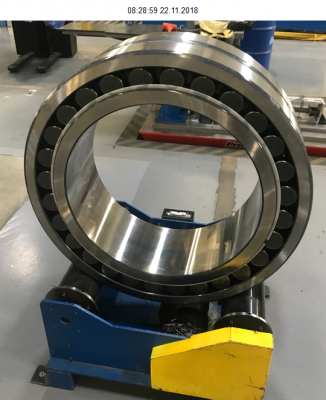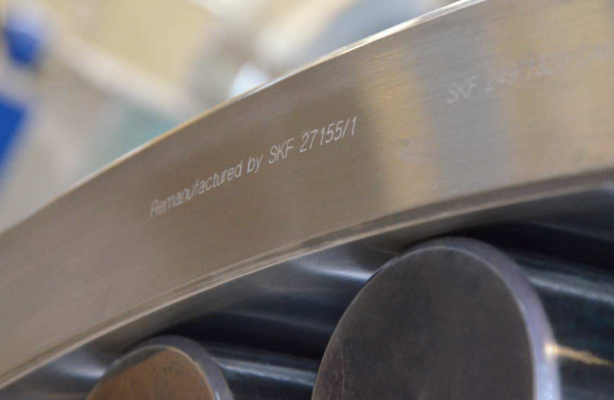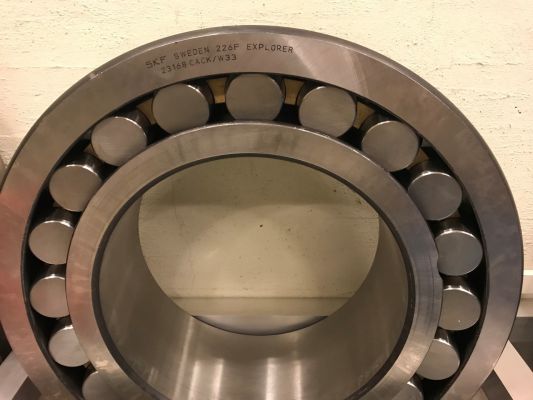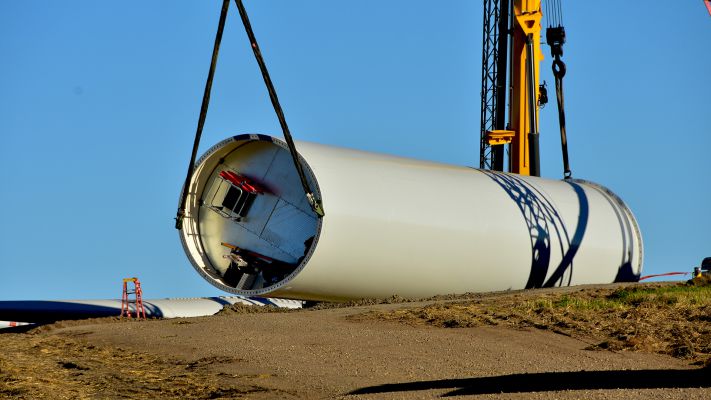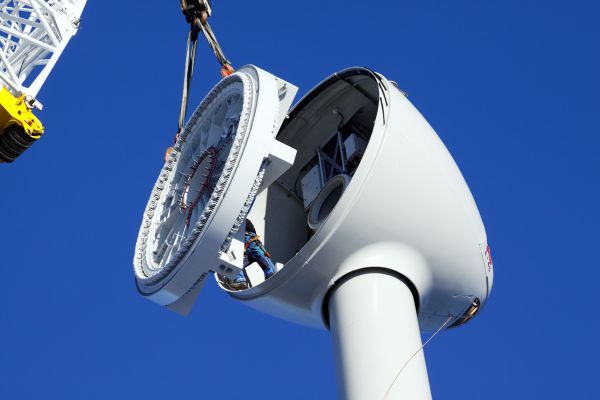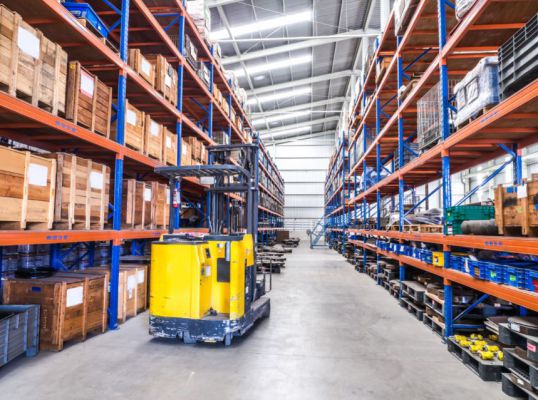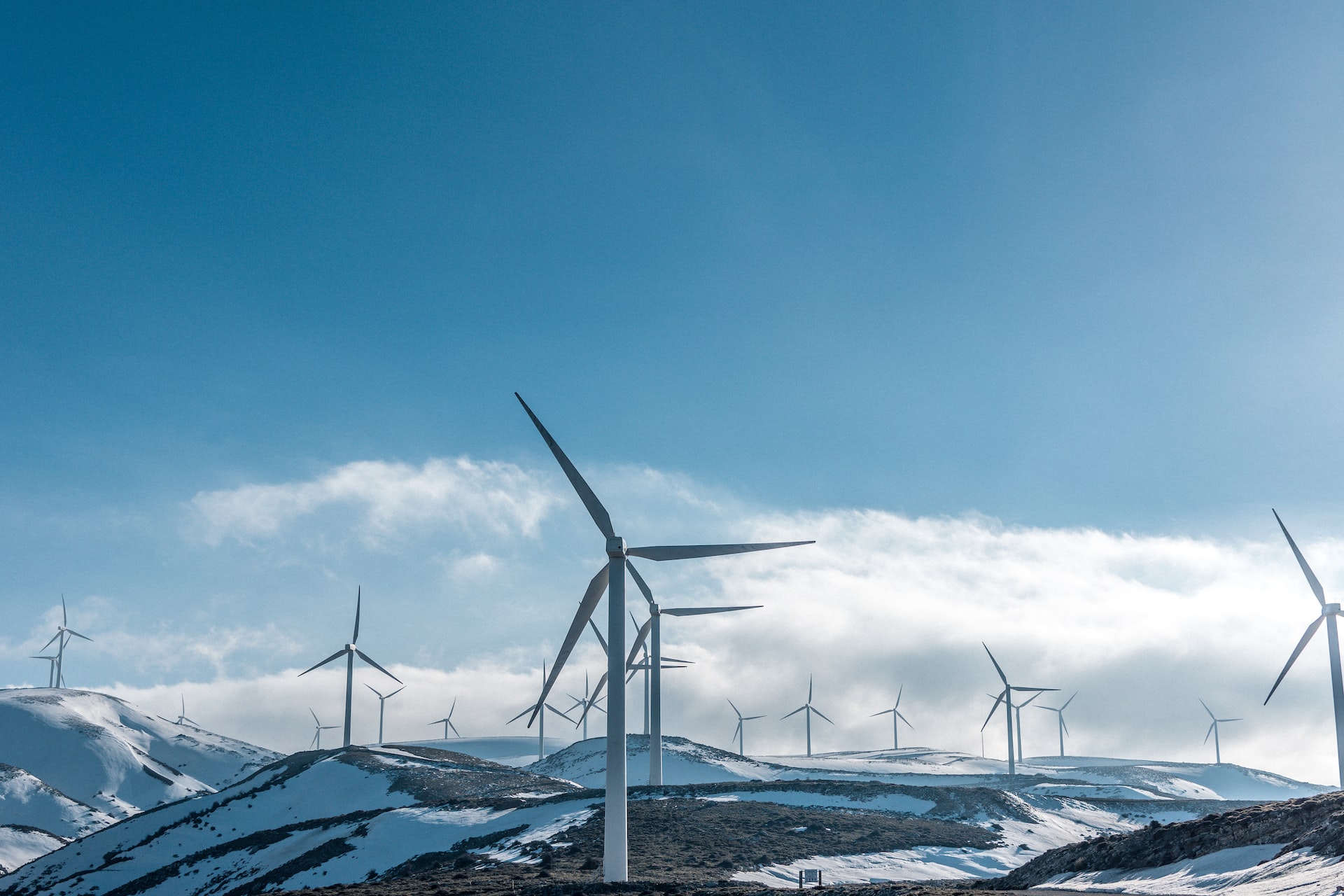Core assessment – SKF supports NREL wind turbine drivetrain failure investigations
Premature drivetrain failures are a common cause of wind turbine downtime. However, the cause of these failures is not always clear. SKF is supporting the National Renewable Energy Laboratory (NREL) to conduct a study that could provide the wind energy sector with vital insights into drivetrain defects.
Make bearings go further – Wind energy could benefit from remanufacturing bearings
When a bearing approaches the end of its service life, it may seem logical to replace it with a new one. This has been the attitude in the wind energy sector for many years. But things might be about to change as remanufacturing bearings offers organizations the chance to become more competitive and boost uptime.
Fighting against fakes – The hazardous implications of counterfeit bearings
Sometimes a deal can seem too good to be true. When it comes to bearings this is often the case. Unfortunately, there are many counterfeit bearings on the market. It may not be an issue that consumers are aware of or give much consideration. However, the consequences of purchasing fakes can be disastrous. But what are the dangers?
Construction in wind energy – Key considerations when building a wind farm
The planning and preparation that goes into constructing an operational wind farm is enormous. From choosing the right location to installing the turbines and commissioning the facility, there’s a lot for organizations to consider. Where do you start when building a wind farm?
Bearing the burden – The leading causes of wind turbine bearing failures
Wind turbine functionality is highly reliant on fully operational bearings. However, these components undergo significant strain and deteriorate. Fully understanding failure modes in turbine bearings can be a challenge. But there are ways to reduce the likelihood of breakdowns.
Digitized inventory – Optimizing spare parts management with software
Many operators order replacement parts on an item-by-item basis. This can be effective but does have limitations since the performance of the total system is not understood when considering items in an inventory individually. Innovative software may hold the key to fine tuning stock levels and expenses on spare parts and ensuring wind farms always have just what they need.
Bridging the gap – Overcoming workforce challenges in wind energy
The wind energy sector is experiencing significant growth. As a result, the demand for qualified personnel is also rising. However, positions are often difficult to fill due to the high levels of expertise required. What can the sector do to deal with this skills gap?
A smart approach to spares – Harmonizing a maintenance and spare parts strategy
Planning maintenance and having the right inventory is often a challenge. Operators can end up with too much capital invested in stock or not enough to perform repairs in a timely manner. However, adopting best practices and the emergence of Logistics 4.0 present clear opportunities for cost reduction.
A fine balancing act – The importance of correctly managing spare parts
When managing spare parts stock, companies face a significant challenge: maintenance requirements vs. financial resources. This can be a difficult task as mismanagement of either can have serious consequences. So what can operators do to ensure they have this under control?
